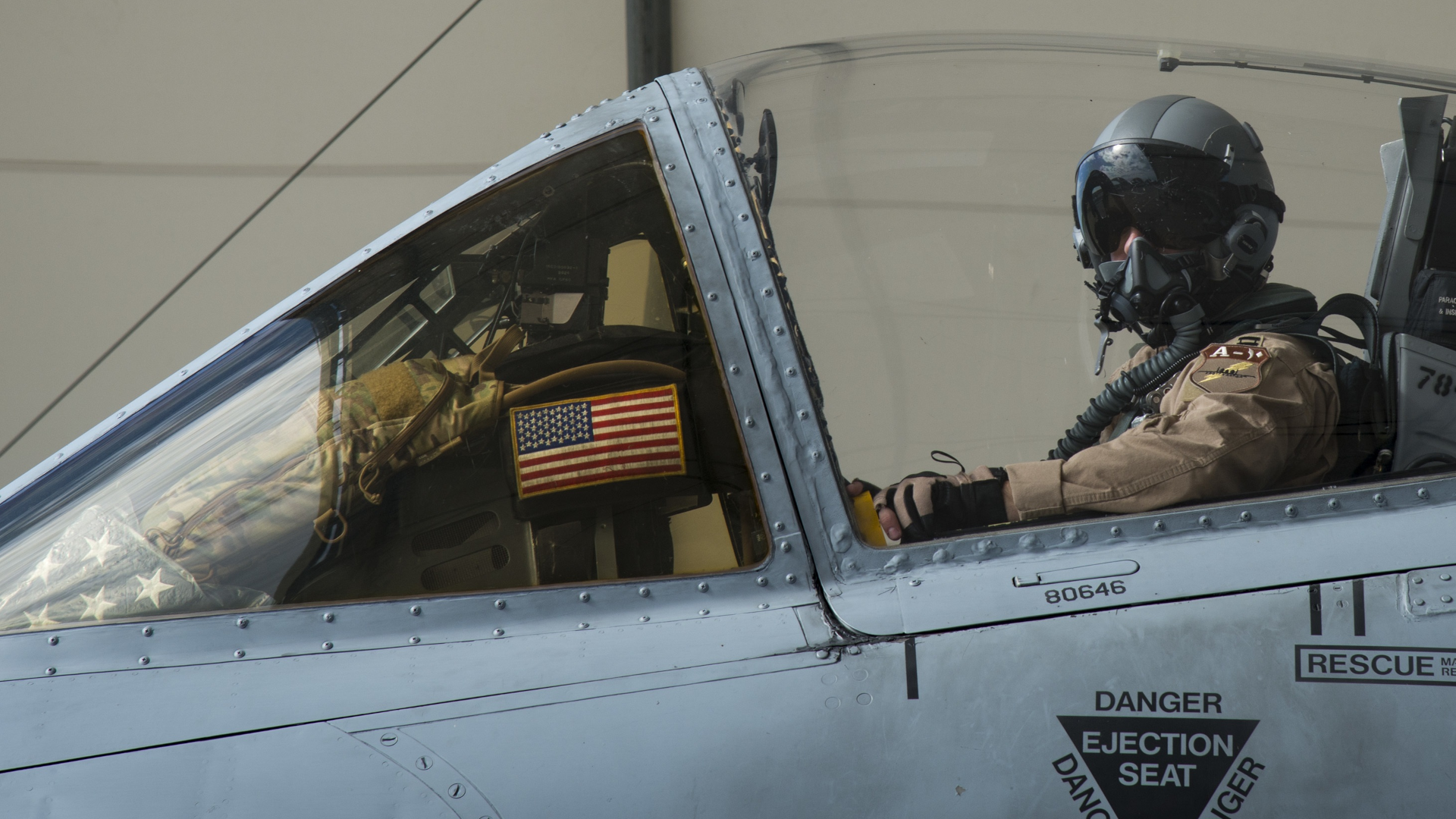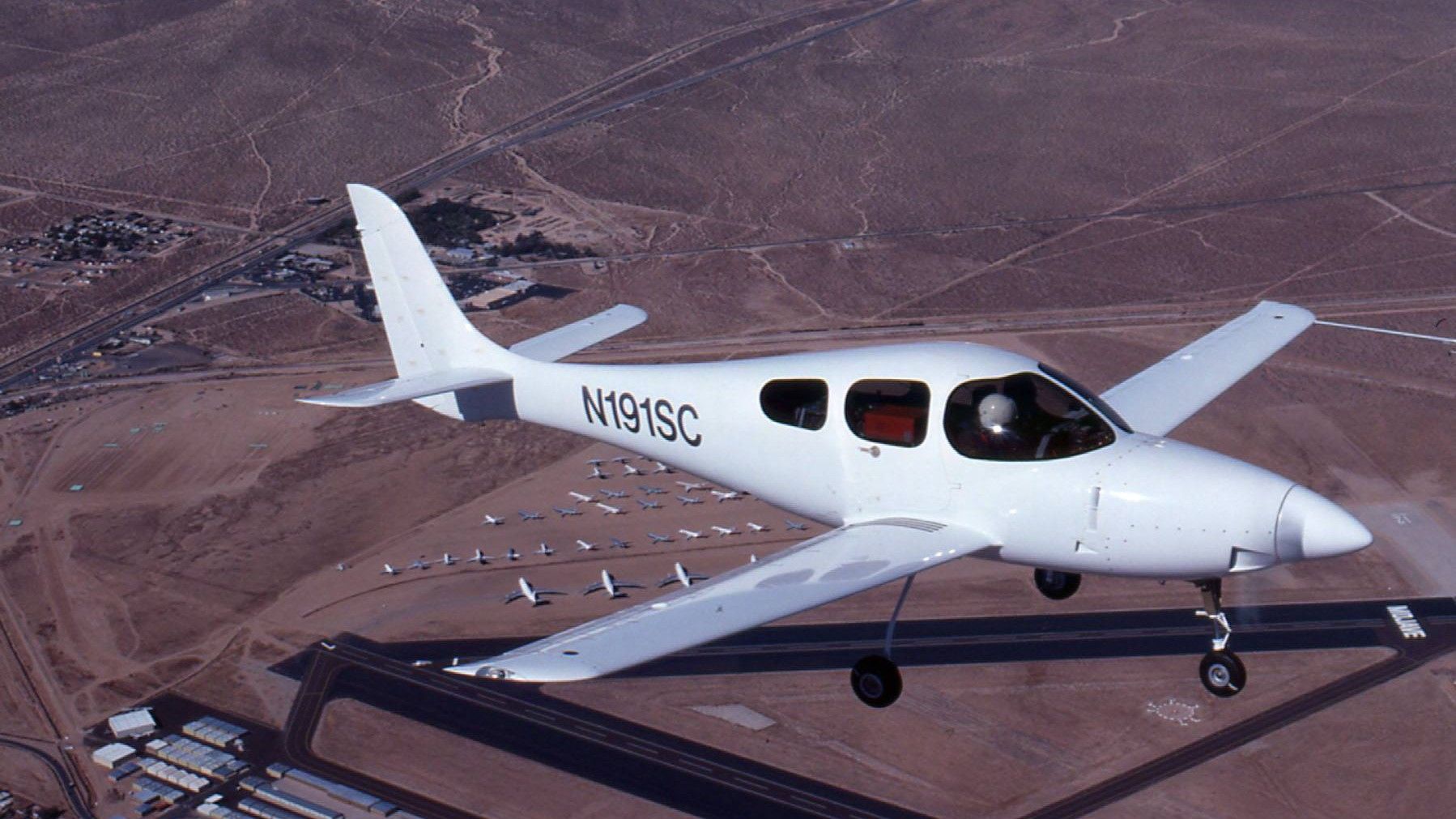Car companies make cars, right? They sure do. But, a surprising number of car companies have also dabbled, or are currently involved, in the aeronautical business. Some have even revolutionized air travel along the way.
Here’s a list of aircraft made by car companies. Some you may know, others will surprise you.
Several car companies have supplied engines and other parts for airplanes. BMW, Mercedes, Rolls-Royce, Chevrolet, Packard, and many more. This list focuses on automotive companies that have actually built their own planes. Even if it is just one.
10 Ford Tri-Motor (the Tin Goose)
|
Engines |
Three Pratt & Whitney R-1340 Wasps |
|---|---|
|
Horsepower |
450 hp per engine (1,350 hp) |
|
Maximum speed |
130 mph |
|
Range |
570 miles |
Ford’s association with airplanes started during the First World War (1914-1918) with the V12 Liberty engine, which Ford built for De Havilland DH-4 two-seat bomber. In 1925, Henry Ford bought the Stout Metal Airplane Company, and William Stout set about designing the Tri-Motor.
Ford apparently wanted a ‘fool-proof’ airline plane, and “to prove that commercial flying can be done safely and profitably.”
The all-metal Tri-Motor had three Pratt & Whitney radial motors (9-cylinders, 22-liter per engine), each producing around 450 hp. It could easily land with only one engine running, seat up to 12 passengers, and reach a maximum speed of 130 mph (but was far happier at 85 mph).
By 1929, the Ford plane was used by most of the domestic airline companies, and 199 planes were built until the Great Depression in 1933 saw Ford shut down the airplane division. There are still two pristine Tri-Motors operated by the Experimental Aircraft Association (EAA), and you can go for a flip in the plane for a small fee.
9 HondaJet
|
Turbines |
Two Honda HF-118 turbofans |
|---|---|
|
Thrust |
4,190 lbf (pound of force) |
|
Maximum speed |
489 mph |
|
Range |
1,400 miles |
In 1997, Michimasa Fujino came up with an idea to create a business jet with an “Over-The-Wing Engine Mount”. He sketched the basic idea on a piece of calendar, the only paper at hand.
After years of development, the experimental HondaJet made its public world debut in 2005, and by the next year the Honda Aircraft Company was officially established. In 2010, strict FAA certification testing started. In 2015, it received the green light from the FAA – the HondaJet was a go. Since then, the innovative company has added several new models to the range, including the first transcontinental small business jet (Elite II) and the Echelon.
The HondaJet has two over-the-wing turbines, each producing 2,095 pound force. This configuration ensures a more spacious cabin, noise reduction and better fuel consumption. The compact plane typically carries 1 crew member and five passengers. It can reach a maximum speed of nearly 500 mph. In 2024, Honda delivered its 250th HondaJet to a customer.

Add CarBuzz to your Google News feed.
8 Mitsubishi F-2 Viper Zero
|
Turbine |
General Electric after-burning turbofan |
|---|---|
|
Thrust |
17,000 lbf / 29,500 lbf with afterburner |
|
Maximum speed |
1,320 mph |
|
(Combat) range |
518 miles |
Mitsubishi has been building planes since 1939, and continues to this day as the company involved in virtually all aspects of aviation. From wind tunnels to a 35% contribution to manufacturing the latest Boeing 787 Dreamliner.
It also supplies the Japanese air force with a variety of aircraft… from helicopters to fighter planes. And of all the fighter planes, the F-2 Viper has the most controversial backstory. In the early 80s, Japan’s Mitsubishi F-1 fighter plane was nearing the end of its lifespan. The USA Air Command suggested a collaboration: Mitsubishi could use the F-16 Agile Falcon platform (a larger platform offer that was never commissioned by the USAF), but must share any new tech developed for the Mitsubishi fighter with the USA. The unpopular deal was made and the first Mitsubishi F-2 Viper delivered in 2000.
With a 25% larger wing area than the F16, the F-2 had a higher payload and better maneuverability than the original F16. It is equipped with a 20 mm cannon, and can carry 18,000 lb of missiles, rockets and bombs. Updated versions of the Viper Zero are still in service in Japan.
7 Fiat G.91
|
Turbine |
Bristol Siddeley Orpheus 803 turbojet |
|---|---|
|
Thrust |
5,000 lbf |
|
Maximum speed |
668 mph |
|
Range |
710 miles |
In the aftermath of the Korean War, NATO – with some financial backing from the USA – decided to commission an affordable, lightweight tactical air-to-ground strike plane. As you can imagine, it would have been easier to send a human to Mars than to get all the NATO countries to actually agree and work together, each contributing an equal amount. What followed was a protracted process that saw a plane created, but some NATO countries simply gave the effort a skip, and created their own planes.
In 1958, the Italian Fiat G.19 went into production as the winner of the commission. It ticked all the boxes NATO had specified, and its sturdy air frame could handle rough airfields and short runways. The subsonic jet did a solid job, at a very reasonable cost.
But many NATO countries did not honor the agreement, and simply did not buy the G.19. The G.19 was in production until 1977, and nearly 800 planes were built. It retired from service in 1995. Fiat Aviazione, established in 1908, merged with Aerfer in 1969.
6 Bugatti 100P
|
Engines |
Two 8.9-liter Bugatti Type 5P Inline-8 engines |
|---|---|
|
Horsepower |
900 hp |
|
Maximum speed |
N/A |
|
Range |
N/A |
Italian carmaker Ettore Bugatti apparently had a bit of a thing about Nazi Germany’s claims that its planes were superior and faster than anything else. With a plan to show up the Germans in their own Deutsch de la Meurthe Cup Race in 1939, Bugatti set about creating the fastest plane the world had ever seen.
Work began in 1938 in France, and the design featured no less than five patents, including two inline engines driving forward-mounted, contra-rotating propellers through driveshafts. The plan was for two Bugatti Type 50P 8-cylinder engines, producing 450 hp each, to power the 100P. Besides the unique design, the body’s construction was also unique, consisting mostly of sandwiched layers of balsa and hard woods, and aircraft fabric covering. Thanks to this construction method, the 100P weighed about 1,000 lb less than other similar-sized planes.
The 100P would never fly. With the Nazi invasion of France imminent, Bugatti dismantled the plane, and hid the parts on his estate. Bugatti passed away in 1947 and never completed the project. The engines made their way into racing cars, the plane was reassembled, and the frame now lives in the Experimental Aircraft Association (EAA) in Wisconsin, in the USA.
5 SAAB JAS 39E Gripen
|
Turbine |
General Electric afterburning turbofan |
|---|---|
|
Thrust |
14,400 lbf / 22,000 lbf with afterburner |
|
Maximum speed |
1,300 mph |
|
Range |
930 miles |
The Swedish company SAAB’s name was derived from the Svenska Aeroplan AktieBogalet, or Swedish Aeroplane Corporation. The company’s car division expired in 2014, and remains closed. On the aeronautical front, SAAB is still producing top-quality military and civilian aircraft, drones, submarines, missiles, a variety of weapon systems and platforms, and other avionics systems.
Founded in 1937 as an aircraft builder for the Swedish Air Force, in the prelude to the Second World War, the Saab 17 flew for the first time in May 1940. Since then, the company has created a long list of amazing aircraft, along with introducing several innovations. The company’s latest JAS 39 Gripen multirole fighter plane is a particular highlight, and considered by some to be on par with Lockheed Martin’s F35 Lightning II.
It can reach Mach 2, operate to 52,000 feet, take off inside 1,640 feet, and carry a wide range of weapons. Who needs a quirky Saab car if you can have one of these?
4 Hawker Harrier Jump Jet
|
Turbine |
Rolls-Royce Pegasus turbofan, 4 swiveling nozzles |
|---|---|
|
Thrust |
21,500 lbf |
|
Maximum speed |
730 mph |
|
Range |
400 miles |
British car company Siddeley was established in 1902, creating copies of French automobiles. In 1919 Siddeley was bought by Armstrong-Whitworth, a company that specialized in building not only cars, but also weapons, trains, ships and planes. After the Second World War, it created the Armstrong Siddeley Sapphire, a beautiful car. As a leading player in the jet engine business, Armstrong-Siddeley became part of the Hawker-Siddeley group. The famous Hawker Hunter, Buccaneer bomber and Trident airliner followed. But it would be the Harrier Jump Jet that really set this company apart.
The subsonic Harrier was the world’s first practical vertical take-off and landing jet fighter. It was a game changer, and featured in several conflicts. Its maneuverability and ability to land just about anywhere gave it a major advantage over enemy planes.
A powerful Rolls-Royce Pegasus turbofan powered the Harrier, providing a maximum speed of 730 mph. The company has not made cars since the 60s, focusing on the aeronautical sector.
3 Toyota TAA-1
|
Engine |
Lycoming IO-360 flat-four |
|---|---|
|
Horsepower |
190 hp |
|
Maximum speed |
130 mph (estimated) |
|
Range |
N/A |
In the late ’90s, Toyota Motor Corporation and Toyota’s USA division decided to determine if Toyota’s aerodynamics and ‘just-in-time’ manufacturing processes would be viable in the manufacture of light aircraft.
Toyota teamed up with legendary American aerospace engineer Burt Rutan, along with a team of up to 40 top international engineers. Four years later, the Toyota TAA-1 light aircraft broke cover. It flew its first flight on 31 May 2002. It didn’t have a Toyota engine, but an existing airplane engine from Lycoming. Rutan later stated: “This is the aeronautical equivalent to the Lexus LS400.”
The TAA-1, made from carbon fiber, flew a handful of times before Toyota mothballed the project. Apparently the design was still much heavier than envisaged, and performance was not on par. Toyota clearly had an eye on the aeronautical segment, as Honda so successfully entered with its HondaJet business jet. Sadly, the one and only Toyota plane remains in storage, probably never to be flown again.
2 Piaggio P.180 Avanti
|
Engines |
Two Pratt & Witney PT6A-66B turboprops |
|---|---|
|
Horsepower |
1,700 hp |
|
Maximum speed |
463 mph |
|
Range |
2,000 miles |
Piaggio is an Italian company that has been around since 1884 and that builds a vast range of motorcycles, as well as compact commercial vehicles. The brands it produces include Vespa, Aprilia, Moto Guzzi and Derbi.
Piaggio Aerospace (part of the Piaggio Group) created its first aircraft in 1915. Piaggio’s factory was destroyed during the Second World War, but rebuilt, and a series of planes were designed and built. But in 1964 the car and aircraft divisions officially split up. In the ’80s, the P.180 Avanti was developed, and the plane revolutionized the turboprop business plane arena for some time. However, the company was forever up against a wall, facing financial difficulties. More recently, it is said to have been acquired by a Turkish firm. Still, the company’s latest Avanti EVO is a truly spectacular piece of kit.
The fastest twin turboprop plane ever made, and with a range of nearly 2,000 miles, the beautiful EVO has space for up to seven passengers (and two pilots). This EVO is the Lamborghini Revuelto of the sky.
1 Subaru UH-2
|
Turbine engines |
Two Pratt & Whitney PT6T-9 |
|---|---|
|
Horsepower |
2,000 hp |
|
Maximum speed |
160 mph |
|
0-60 |
416 miles |
Subaru’s aeronautical roots stretch back to 1917 when it established the Aircraft Research Laboratory. Although Subaru has become a household name in the US with popular models like the Forester, the company is still heavily involved in the aircraft manufacturing business, covering commercial planes, military aircraft and helicopters.
So let’s throw in a helicopter too. The Subaru New Utility Helicopter (UH-2) is based on the Bell 412EPX platform, which Subaru has been building under license for a number of years. The UH-2 is built according to the requirements of the Japanese Ground Self-Defense Force (JGSDF), in partnership with Bell.
The UH-2 features several upgrades over the 412 platform, including four rotor blades, instead of two. It also has a twin-engine conversion, improving performance on all levels. On the inside, the analogue instruments are replaced with the latest touch-screen instruments, autopilot and navigation systems. In the future, missile warning systems and flare dispensers will be installed. It is also believed that the UH-2 will also be converted into gunship platforms.
link








More Stories
At Least 2 Dead After Plane Slides Off Runway, Crashes into Vehicle and Then Plummets in the Ocean Nearby
Xpeng Aeroht secures 600 orders for its “Land Aircraft Carrier” in Middle East
XPENG AEROHT completes first pilot overseas flight of flying car ‘Land Aircraft Carrier’ in Dubai